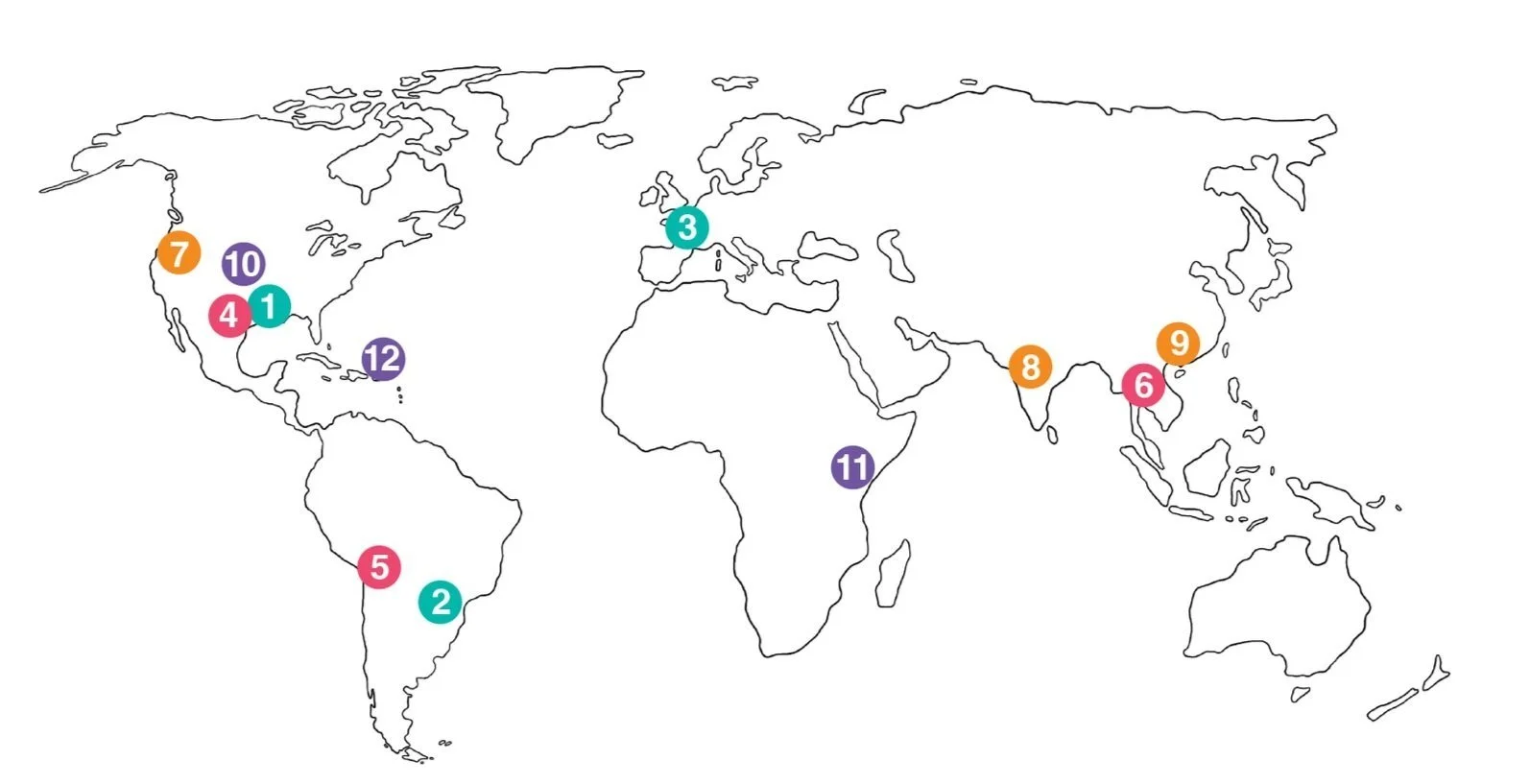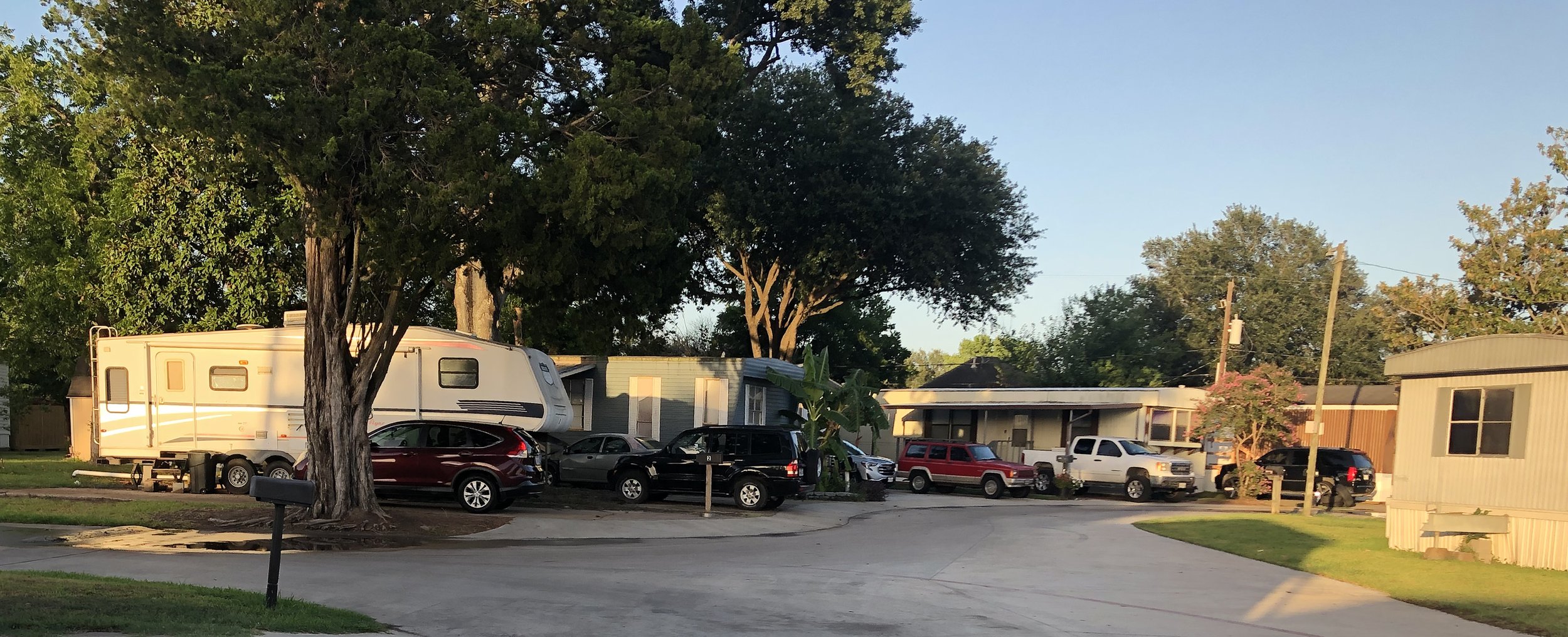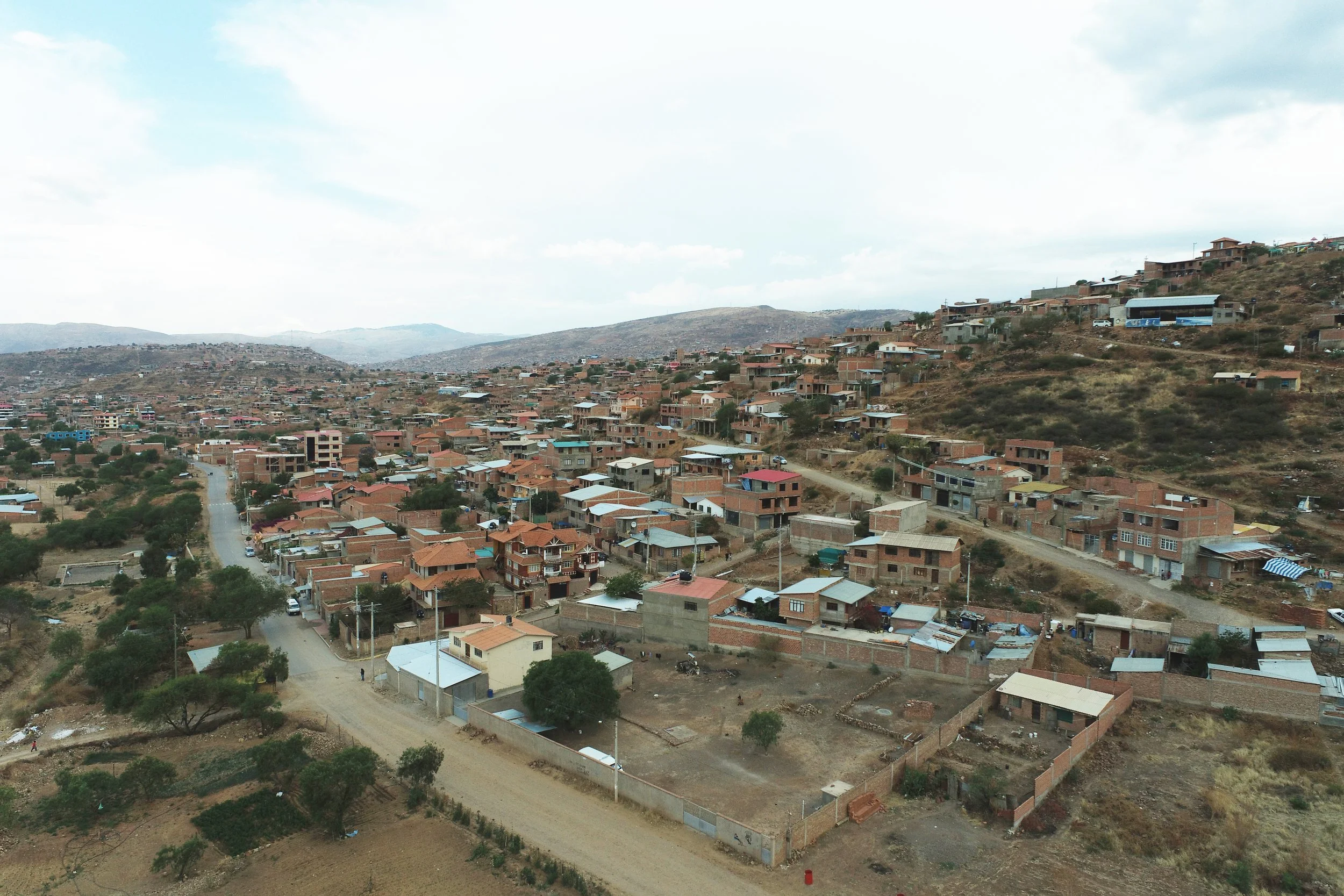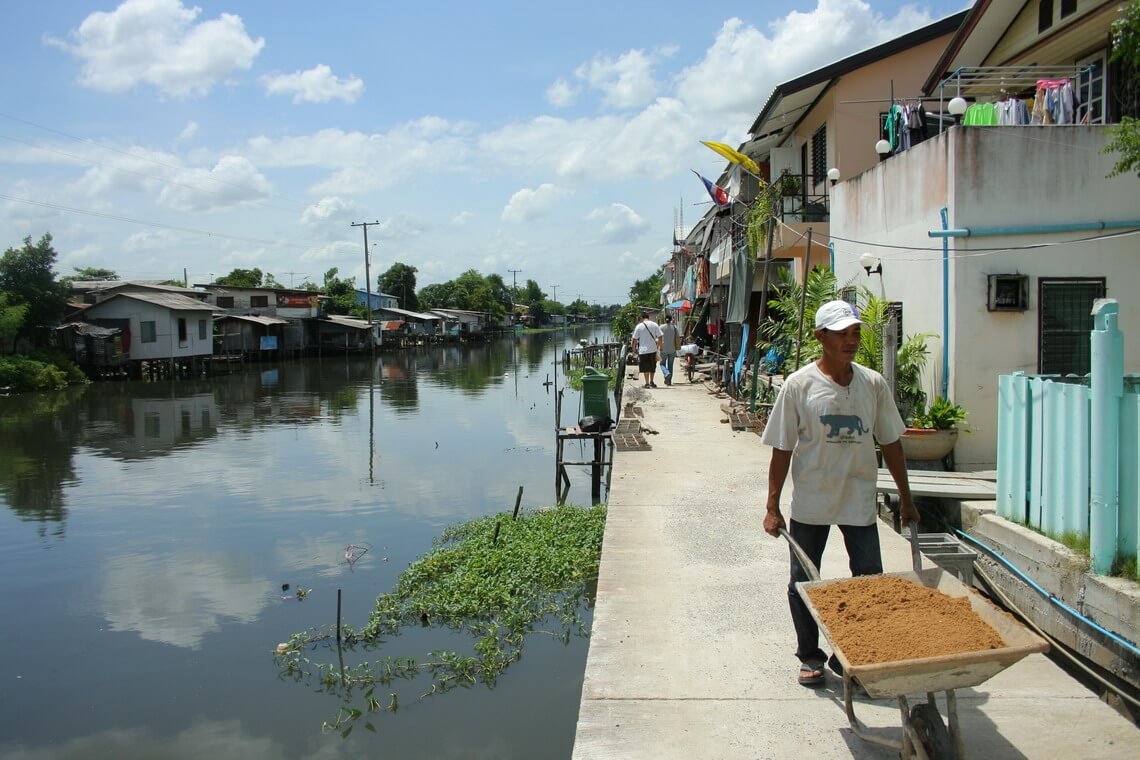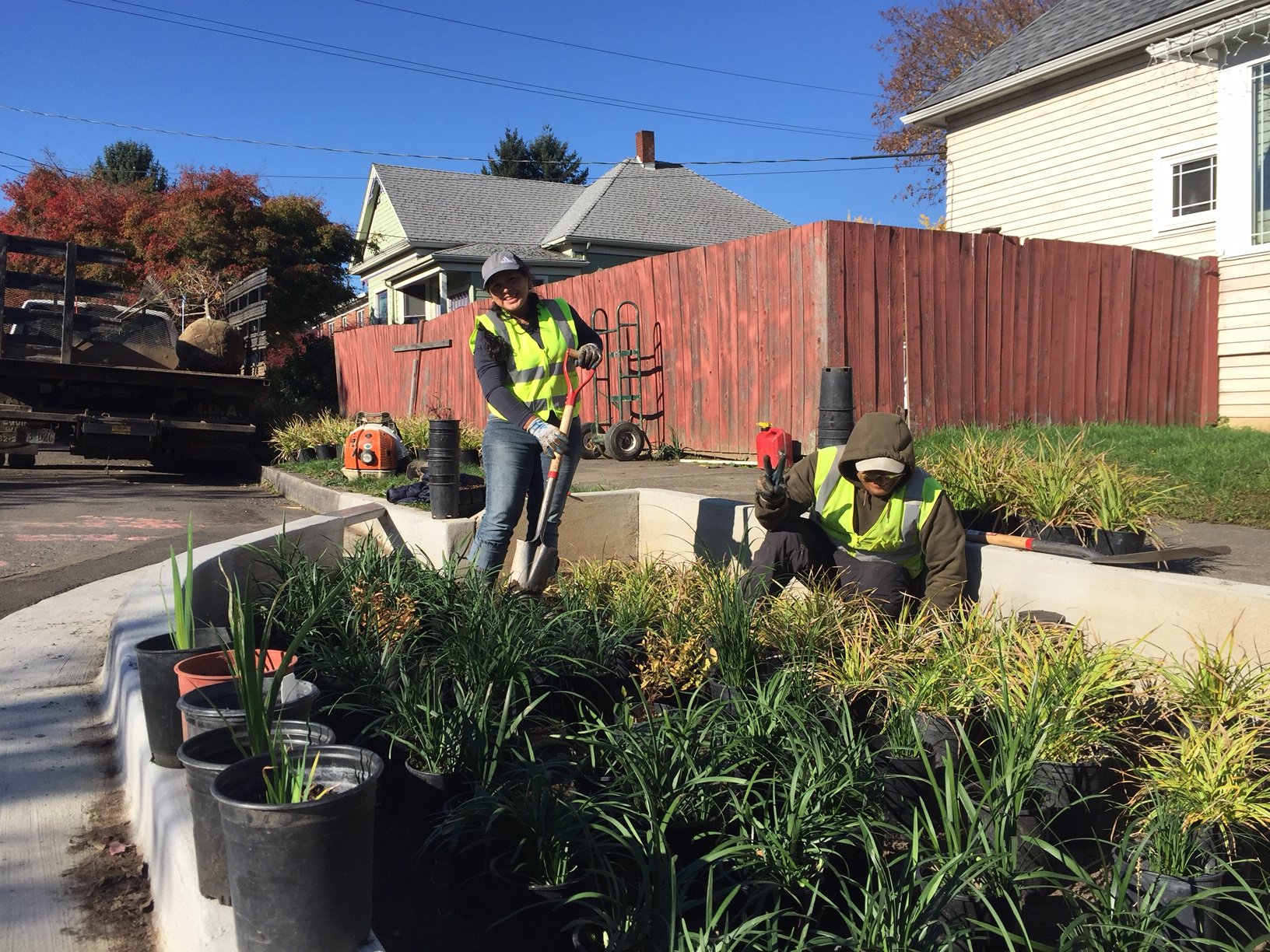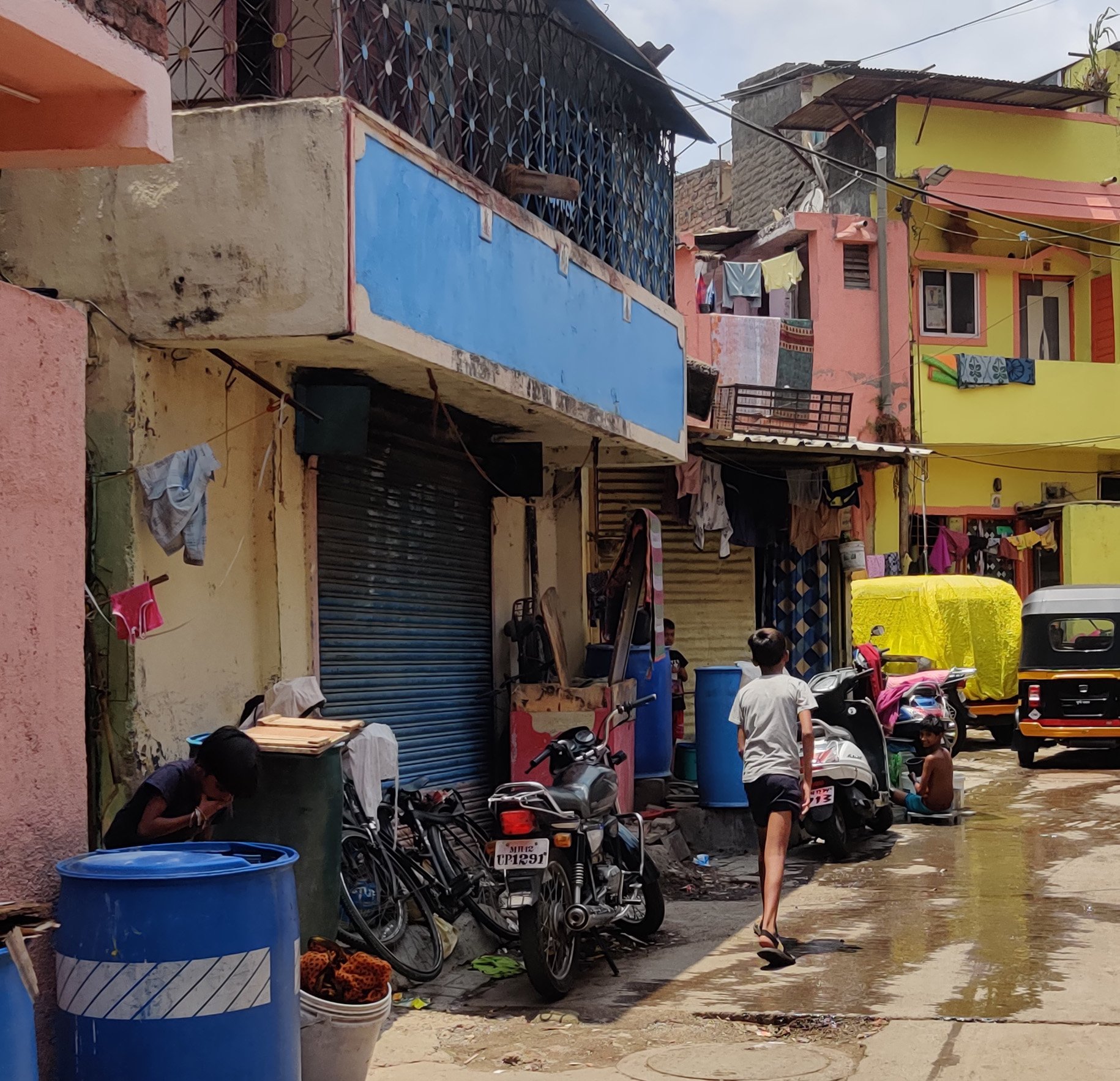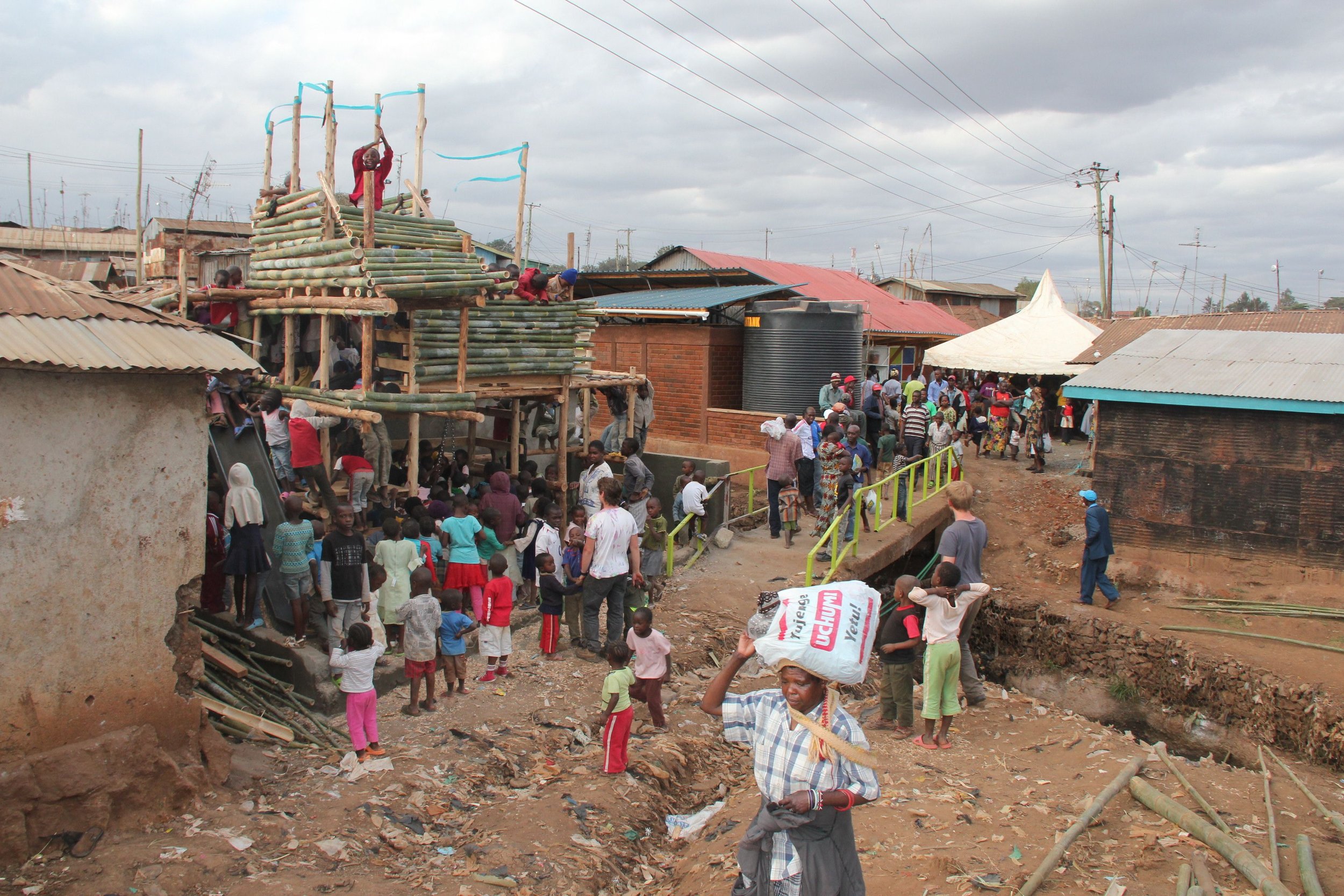THE EQUITABLY RESILIENT CITY:
Solidarities and Struggles
in the Face of Climate Crisis
(MIT Press, 2024 publication, including Open Access)
Winner: 2025 “Best Book in Urban Affairs” Award from the Urban Affairs Association
About the Book
Communities around the world face conjoined crises from mounting inequality and climate change. From hillside favelas in South America imperiled by landslides to fire-threatened mobile home parks in the American West to flood prone coastal mega-cities in south and east Asia, the settlements that are most vulnerable to climate change are often home to the people with the fewest economic and political resources. Though leaders in cities around the world are increasingly taking action to reduce climate risks, many early adaptation schemes have actually made pre-existing inequalities worse, displacing or otherwise harming already disadvantaged residents while benefiting those with the power to shape adaptation priorities. In this book, we ask: How can cities adapt to climate change and other threats while also enabling—rather than harming-- poor residents? In seeking answers to this question, we chart a path towards the equitably resilient city.
Our model for the equitably resilient city includes four central domains: 1) environmental safety and vitality; 2) security from displacement and violence; 3) stable and dignified livelihoods; and 4) enhanced self-governance. These principles represent the four LEGS (Livelihoods, Environment, Governance, and Security) of equitable resilience. To illustrate these core principles, the book draws on case studies from settlements facing a range of hazards across diverse geographies of the Global North and South, from heat stress in Paris to drought in Bolivia to floods in south Louisiana. Undergirding our analysis is the foundational principle that urban settlements cannot be resilient in the face of climate change, and that climate resilience cannot be truly ‘urban,’ without also transforming inequitable conditions.
ENVIRONMENT
SECURITY
LIVELIHOODS
GOVERNANCE
The Gentilly Resilience District (GRD) proposed to reduce flood vulnerability and create a green infrastructure workforce to ensure that residents would benefit from investments in a middle- and working-class New Orleans neighborhood that had been devastated by flooding following Hurricane Katrina. Despite its ambitions, most of the GRD’s projects have been delayed by shifting political leadership and COVID-19. We assess the GRD’s ambitious agenda and implementation struggles.
This case highlights an effort to improve conditions for thousands of residents in the Paraisópolis favela in São Paulo, Brazil. By constructing mid-rise apartment complexes on an environmentally-safe site, close to flood prone settlements slated for removal, the project endeavored to promote more equitable forms of resilience. Though the project has realized significant achievements, the case also illustrates some of the many obstacles that can complicate the pursuit of equitable resilience.
This is where the link will jump to
The Paris OASIS initiative included climate-adaptive renovations of ten schoolyards to support experiential education and social cohesion through publicly-accessible cooling refuges for times of extreme heat. This case demonstrates the power of participatory design for adaptive landscapes. At the same time, the project also carries lessons from its challenges to simultaneously scale up across the city while engaging residents of each neighborhood.
Residents of manufactured home parks face heightened vulnerability to both displacement and environmental hazards. The model of resident-owned communities (ROCs) is a powerful example of low-to-moderate income people building secure communities to address these vulnerabilities. In this case, we focus on a ROC near Houston, Texas, showing that, while ROCs still face elevated vulnerability to climate change, the model gives residents tools to build equitable resilience.
This is where the link will jump to
The fast-growing city of Cochabamba, Bolivia faces limited water supplies and unequal access to land and services. In response, a group of women launched a cooperative to build a new community: Comunidad María Auxiliadora. The community was built on a basis of collective land tenure, mutual aid house construction, and bottom-up water and sewer infrastructure provision. However, factional infighting has threatened the community, revealing the challenges of sustaining innovative tenure arrangements, especially without state recognition.
Over nearly two decades, the Baan Mankong program has developed a “people-driven” approach to upgrading poor communities across Thailand. The program treats housing and land security as a foundation for improving livelihoods, reducing environmental vulnerability, and building capacity and power for self-governance. This chapter discusses two generations of Baan Mankong projects along a single canal in Bangkok, highlighting the importance of community solidarity and the slow and complex work of participatory design and planning.
Living Cully is a coalition of community-based organizations that links environmental improvements to anti-displacement and anti-poverty goals in a neighborhood in Portland, Oregon. The coalition’s activities include: training residents in energy efficiency and green infrastructure construction, building and preserving affordable housing, developing new parks and green infrastructure, and advocating for city policy change. Across their activities, Living Cully aims to build dignified livelihoods as a means of building “environmental wealth.”
Beginning in the late 2000s, leaders in the fast-growing city of Pune in western India initiated a cluster of ambitious projects to upgrade thousands of self-built homes in the Yerwada neighborhood. The projects demonstrate an alternative to “slum clearance” and relocation, using innovative governance and design to ensure that upgrading reflects the needs of residents. While the projects support resident livelihoods through several mechanisms, the house-by-house upgrading process made it difficult to address larger problems with public space and infrastructure.
The once-impoverished settlement of Dafen in Shenzhen, China has been twice re-invented: first, in the late 1990s as the world’s leading supplier of reproduction oil paintings and more recently, as an exemplar of state-led culture-based economic development. The transformation of once-rural Dafen Village into the economic powerhouse of “Dafen Oil Painting Village” is very much a top-down vision, substantially proposed and imposed by outsiders, even as it has brought considerable wealth to the original villagers, who retain unusual forms of collective land tenure. The initiative includes efforts to revitalize livelihoods, investments in infrastructure to improve environmental conditions, and affordable housing for migrant painters.
The Pine Ridge Reservation, one of the most impoverished areas in the United States, faces new challenges from an increasingly unpredictable climate. In response, members of the Oglala Lakota Tribe established the Thunder Valley Community Development Corporation in 2007 to develop a more sustainable community-led model for housing, ecological and cultural regeneration, and public infrastructure. TVCDC is building a 34-acre housing development with a variety of facilities supporting training, education, and agricultural production. Drawing upon Indigenous governance traditions, TVCDC’s projects aim to enhance environmental wellbeing, generate livelihoods, and secure tenure through a Lakota-inflected approach to homeownership.
Since 2006, the Kounkuey Design Initiative (KDI) has worked with residents and community-based organizations across Nairobi’s flood-prone Kibera informal settlement to co-design and manage a network of multi-use productive public spaces. KDI’s approach includes novel methods for engaging community expertise and strengthening local governance. Collectively, the first eleven projects engage all aspects of equitable resilience, improving environmental conditions while contributing to social welfare, creating livelihood opportunities and financial stability, and increasing community safety.
The effort to transform el Caño Martín Peña, a polluted water channel in San Juan, Puerto Rico surrounded by informal settlements, stands as an exceptional achievement in pursuit of equitable resilience. Community organizations, residents, and the government all agreed that this centrally-located channel needed to be dredged to reduce flooding and improve drainage. The effort, which started in 2002, linked eight neighborhoods, a community land trust (CLT), and a government corporation to ensure that improving environmental conditions would not displace low-income residents.




